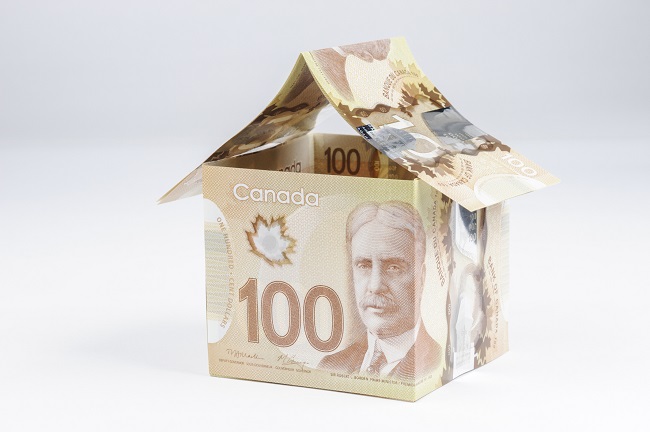
We’re pleased to announce that we now offer First Home Savings Accounts (FHSA)!
The new account type was introduced by the federal government earlier this year as a means of helping prospective first-time buyers save for a home.
There are several requirements and rules governing FHSAs which interested investors are encouraged to learn more about. Here’s a quick 10-point summary of how the plans work.
- You must be of legal age (18 or 19 depending on the province you live in) and a resident of Canada to qualify.
- You must be a first-time home buyer. For the purposes of opening an FHSA, this is defined as someone who did not live in a qualifying home (that you owned, jointly owned, or that your spouse/common-law partner owned) as your principal residence in the current calendar year or anytime in the preceding four calendar years.
- You can contribute a maximum of $8,000 per year and invest it in a broad range of eligible investments (all Steadyhand funds qualify).
- You can carry forward your unused FHSA room at the end of the year, up to a maximum of $8,000, to use in the following year. The maximum amount you can contribute in any given year is $16,000, factoring in unused contribution room. (Note: you must have an open account to be eligible to carry forward unused contribution room.)
- Eligible contributions can be deducted from your income tax (similar to RRSP contributions).
- The lifetime contribution limit is $40,000. There is no limit as to how large your account can grow.
- You can transfer money from your RRSP to your FHSA as long as it does not exceed your allowable contribution room (such contributions, however, are not tax deductible).
- You can hold an FHSA for 15 years or until you turn 71. The account must be closed the year following your first qualifying withdrawal.
- You can withdraw all the money in your account (contributions and growth) tax-free to purchase or build a qualifying home in Canada (e.g., single family home, townhouse, condo, mobile home). However, you must occupy or intend to occupy the home as your principal residence within one year after buying or building it.
- If you do not use the account to purchase a qualifying home, you can generally transfer any investments to your RRSP or RRIF (without using any of your RRSP contribution room). If you withdraw money from your account for a purpose other than buying or building a home, you must include it as taxable income (on your income tax return).
We posted a video on FHSAs a few months ago that provides further details on the ins and outs of these plans. We encourage you to watch it if you’re considering opening an account.
We also recently posted a video with advice-only financial planner Owen Winkelmolen, where we discuss how parents can help their adult children purchase their first home through an FHSA, how the account can be helpful for Canadians buying a home later in life, and other tax planning opportunities that FHSAs offer.
While our minimum investment requirement at Steadyhand is $10,000, we have reduced our minimums for FHSAs as follows:
- New clients: $8,000 per fund.
- Existing clients: $8,000 per fund (or $1,000 per fund if you have $50,000 or more invested with us).
- Children of existing clients: $1,000 per fund (where the parent has $50,000 or more invested with us. Further details here.).
If you have any questions, or if you’re ready to open an account and would like some assistance with the paperwork, please call us at 1-888-888-3147 or book a meeting with one of our Investor Specialists.

